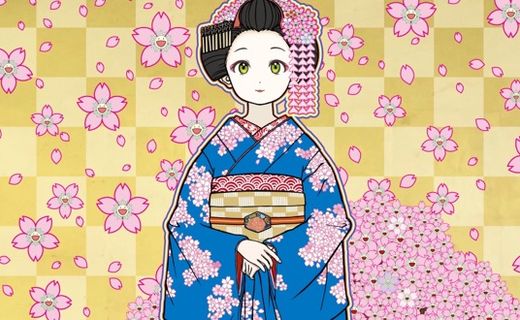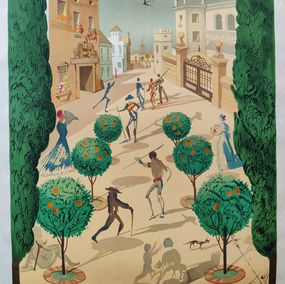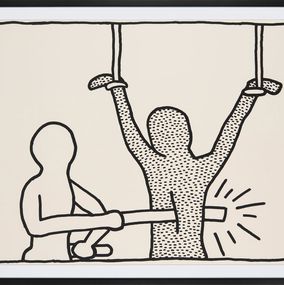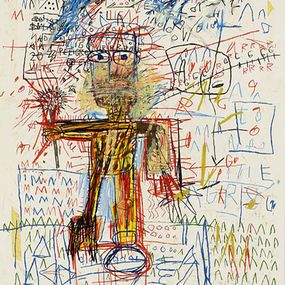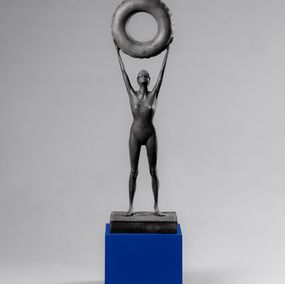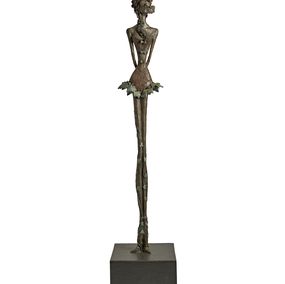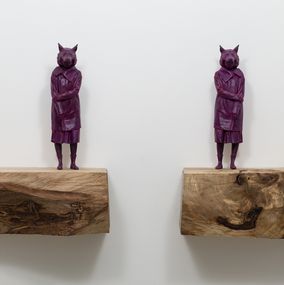

Rather than a big figure, I guess you could say I'm more of an influential minority symbol.
Biography
Born in Tokyo in 1962, Takashi Murakami is one of the most influential artists to come out of Japan in recent decades. Formally trained in Nihonga (a painting style focused on traditional Japanese techniques and subject matter), Murakami earned a Ph.D. from the Tokyo National University of Fine Arts and Music in 1993, and emerged out of Japan's Neo-Pop generation after the collapse of Japan's bubble economy in the late 1980s. His artworks have been received at galleries, museums and auctions in major cities around the globe from Tokyo, Hong Kong, Los Angeles to London.
In 2025, his collaboration with Louis Vuitton reached a major milestone, celebrating its 20th anniversary with a new collection that includes over 200 redesigned pieces, such as handbags, accessories, and shoes, all featuring Murakami’s signature colorful designs. This limited edition collection has sparked worldwide interest, with pop-up stores in major cities like New York, London, and Tokyo offering unique shopping experiences alongside art exhibitions and activations.
Although Murakami has consistently incorporated contemporary Japanese popular culture in the forms of anime (animation) and manga (comic books) into his work, he has also continued to draw on traditional Japanese sources ranging from Buddhist imagery, incorporating flowers, 12th-century picture scrolls and Zen painting, and compositional techniques from 18th-century Edo eccentric painting.
Forging a new reciprocal relationship between high art and mass culture, Murakami's artistic practice is predicated on seeing art as a part of the economy. Murakami is significant for carving out a new entrepreneurial model based on a transformation of applied market strategies. This model can be attributed to the global shift from a consumer-based society to a service-oriented economy, which differentiates Murakami from Andy Warhol and his contemporaries Jeff Koons and Damien Hirst.
In addition to creating artworks, Murakami has made a constellation of ancillary activities integral to his practice by taking on the roles of curator, lecturer, event coordinator, radio host, newspaper columnist, and manager of emerging artists. His international corporation Kaikai Kiki Co., Ltd., with its multi-faceted operations in mass-produced merchandising, animated film production, and corporate design commissions including his renowned collaboration with Louis Vuitton Paris, reveals his aim to creatively widen art's distributive capacities. The artist continues to innovate by jumping into the world of NFTs.
In 2025, Murakami's collaboration with Louis Vuitton reached a significant milestone. The partnership, which began in 2003, celebrated its 20th anniversary with a re-edition collection. This collection features over 200 new pieces, including handbags, accessories, and footwear, all adorned with Murakami's signature colorful designs. Pop-up shops have been established in major cities like New York, London, and Tokyo, offering unique shopping experiences alongside art exhibitions and activations. The re-edition aims to introduce these iconic prints to a new generation, with fashion ambassadors like Zendaya leading the campaign.
Nationality
Categories
Artistic movements
Themes

Takashi Murakami
Print - 50 x 50 x 0.1 cm Print - 19.7 x 19.7 x 0 inch
€2,429

Takashi Murakami
Design - 35 x 92 x 0.1 cm Design - 13.8 x 36.2 x 0 inch
€1,060

Takashi Murakami
Sculpture - 27.4 x 23.5 x 23.5 cm Sculpture - 10.8 x 9.3 x 9.3 inch
€5,000

Takashi Murakami
Painting - 60 x 60 x 5 cm Painting - 23.6 x 23.6 x 2 inch
€200,240
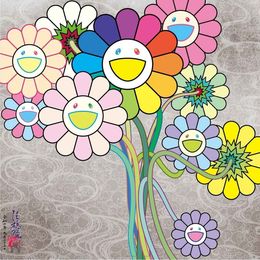
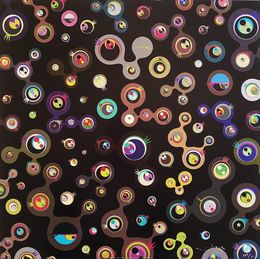
Takashi Murakami
Print - 50 x 50 x 0.05 cm Print - 19.7 x 19.7 x 0 inch
€2,800
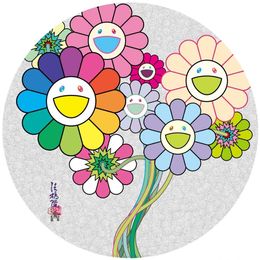
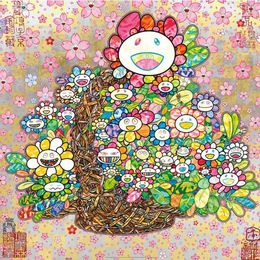
Takashi Murakami
Print - 60.5 x 60 x 0.5 cm Print - 23.8 x 23.6 x 0.2 inch
€2,111
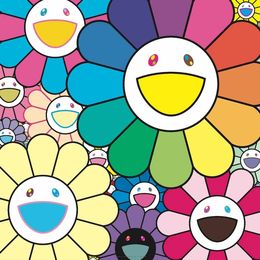
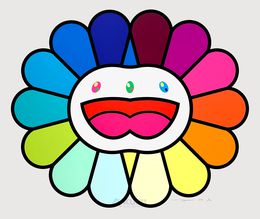

Takashi Murakami
Print - 30 x 30 x 0.05 cm Print - 11.8 x 11.8 x 0 inch
€1,500
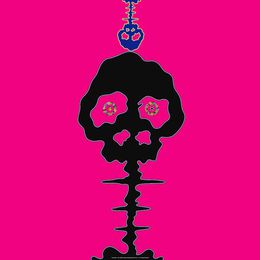
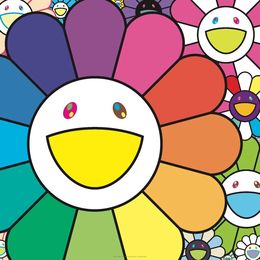
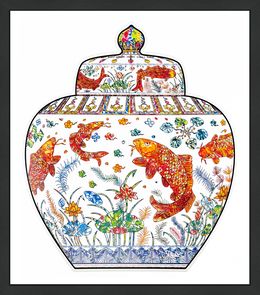
Takashi Murakami
Print - 62.5 x 56.4 x 0.3 cm Print - 24.6 x 22.2 x 0.1 inch
€1,669

Takashi Murakami
Print - 33 x 33 x 0.05 cm Print - 13 x 13 x 0 inch
€1,500

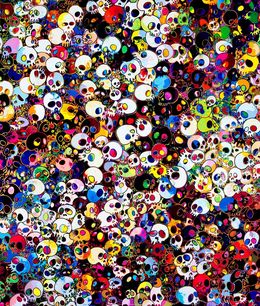
Takashi Murakami
Print - 66.5 x 56.4 x 1 cm Print - 26.2 x 22.2 x 0.4 inch
€2,395

Takashi Murakami
Print - 50 x 50 cm Print - 19.7 x 19.7 inch
€1,800

Takashi Murakami
Print - 75 x 75 cm Print - 29.5 x 29.5 inch
€18,095

Takashi Murakami
Print - 50 x 50 x 0.1 cm Print - 19.7 x 19.7 x 0 inch
€2,352
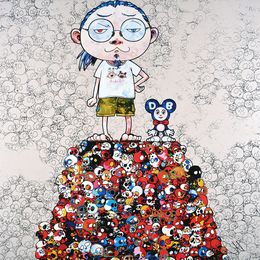
Takashi Murakami
Print - 50 x 50 x 1 cm Print - 19.7 x 19.7 x 0.4 inch
€2,250
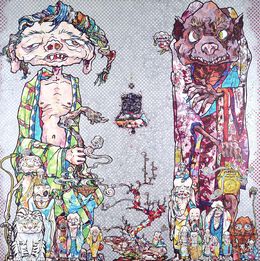
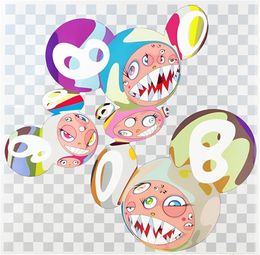
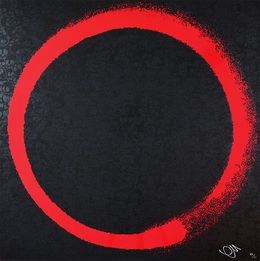

Takashi Murakami
Print - 50 x 50 x 0.1 cm Print - 19.7 x 19.7 x 0 inch
€2,352


Takashi Murakami
Print - 70 x 52.8 x 0.1 cm Print - 27.6 x 20.8 x 0 inch
€1,689

Takashi Murakami
Print - 50 x 50 x 0.1 cm Print - 19.7 x 19.7 x 0 inch
€2,111


Takashi Murakami
Print - 65 x 54.4 x 0.1 cm Print - 25.6 x 21.4 x 0 inch
€2,111

Takashi Murakami
Print - 71 x 71 x 0.1 cm Print - 28 x 28 x 0 inch
€2,111

Takashi Murakami
Print - 50 x 100 cm Print - 19.7 x 39.4 inch
€4,750



Takashi Murakami
Print - 68 x 68 x 0.1 cm Print - 26.8 x 26.8 x 0 inch
€2,380
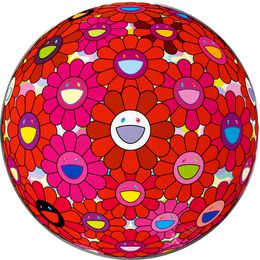
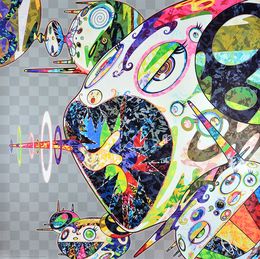
Takashi Murakami
Print - 68 x 68 x 1 cm Print - 26.8 x 26.8 x 0.4 inch
€3,575
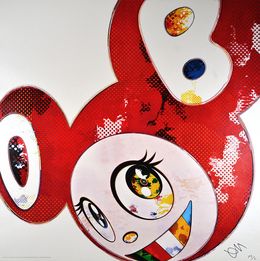
Takashi Murakami
Print - 50 x 50 x 1 cm Print - 19.7 x 19.7 x 0.4 inch
€2,995


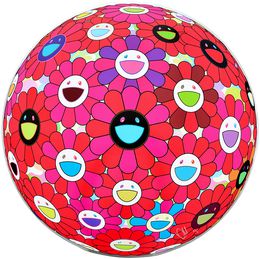

Takashi Murakami
Print - 68 x 68 cm Print - 26.8 x 26.8 inch
€2,850



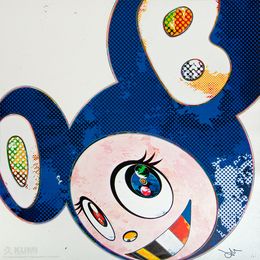
Takashi Murakami
Print - 50 x 50 x 0.1 cm Print - 19.7 x 19.7 x 0 inch
€2,352



Takashi Murakami
Print - 55 x 55 x 0.1 cm Print - 21.7 x 21.7 x 0 inch
€2,051

Takashi Murakami
Print - 71 x 71 x 0.1 cm Print - 28 x 28 x 0 inch
€2,111


Takashi Murakami
Print - 71 x 71 cm Print - 28 x 28 inch
€2,111

Takashi Murakami
Print - 47.5 x 47.3 cm Print - 18.7 x 18.6 inch
€1,020
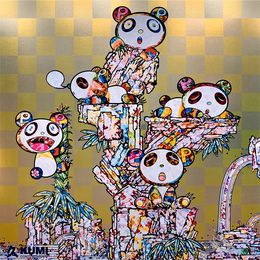


Takashi Murakami
Print - 68 x 68 x 0.1 cm Print - 26.8 x 26.8 x 0 inch
€1,860


Takashi Murakami
Print - 55 x 55 cm Print - 21.7 x 21.7 inch
€2,413


Takashi Murakami
Print - 71 x 71 x 0.1 cm Print - 28 x 28 x 0 inch
€2,232





